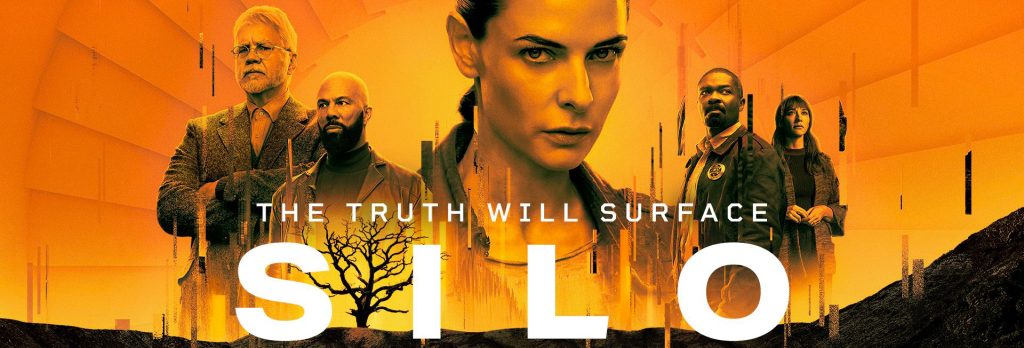Our fifth Author Earnings report marks the first anniversary of this website. We now have a year of quarterly snapshots to analyze, and the results have been consistent while also revealing gradual trends.
This time around, we look at ebooks and ISBNs. There is an entire “shadow industry” of ebook sales uncounted by industry pundits. A year ago, we gave you the first look at a shadow industry of indie ebooks. This year, we get a first glance at the works that no one is tracking or counting.
Which raises the question: Do we need ISBNs? Probably something like them, but not at their current cost to benefit ratio. ISBN-less ebooks outsell those with ISBNs, which proves nothing except that ISBNs aren’t needed for sales success. If the industry or retailers want to track ebooks, let them offer a standardized and low-cost means to do so.
Another point is that ebooks change over time as authors update them and their backmatter. There may even be different editions for each retailer, so links point to sequels at that website. Expecting a different ISBN for each of these editions is not realistic. These numbers are simply a relic of the print days, which are on their way out. But that’s looking ahead to our next report.


Leave a Reply